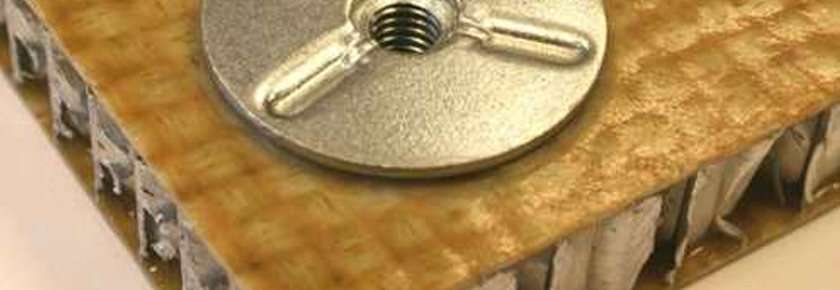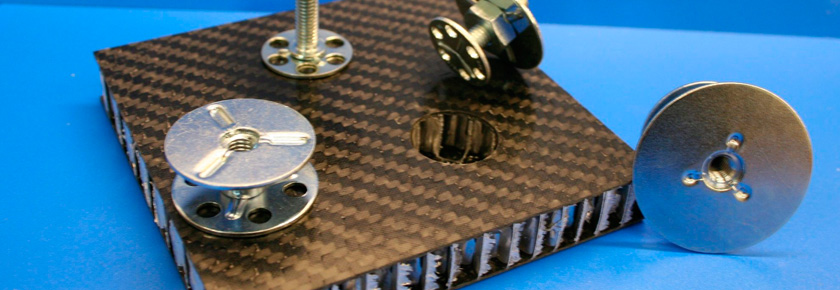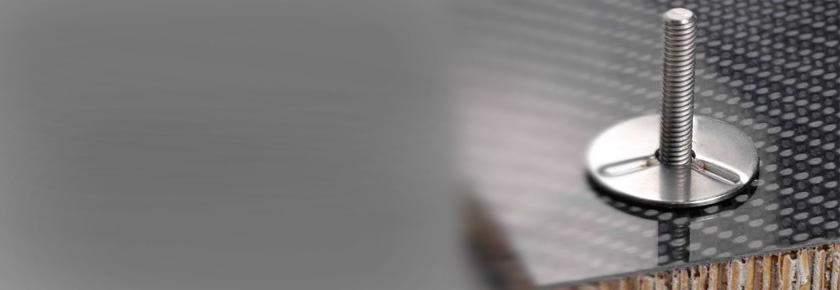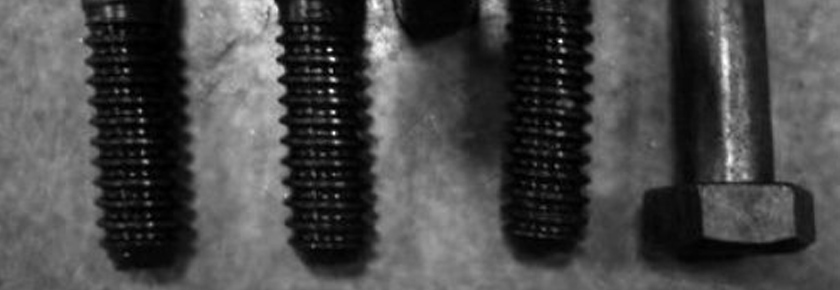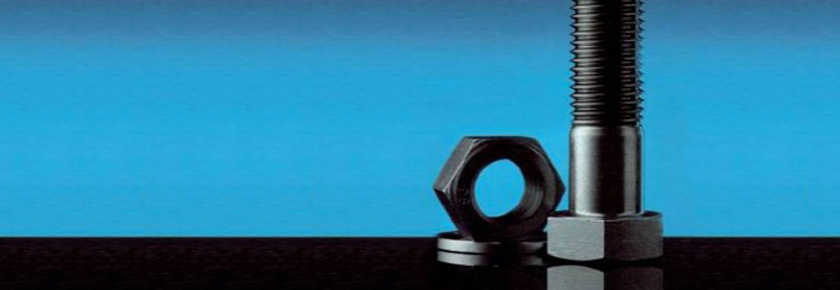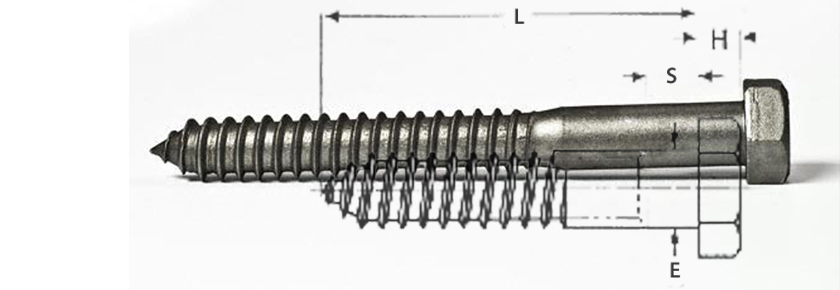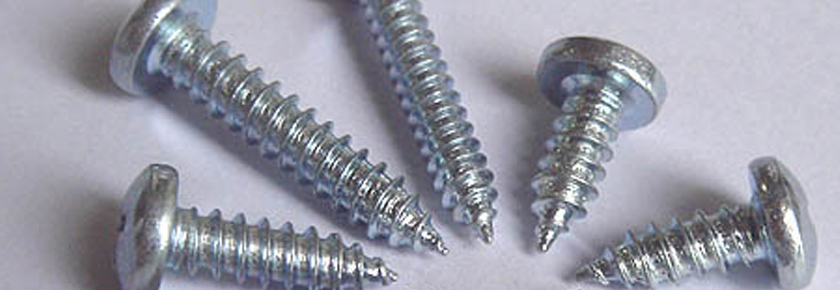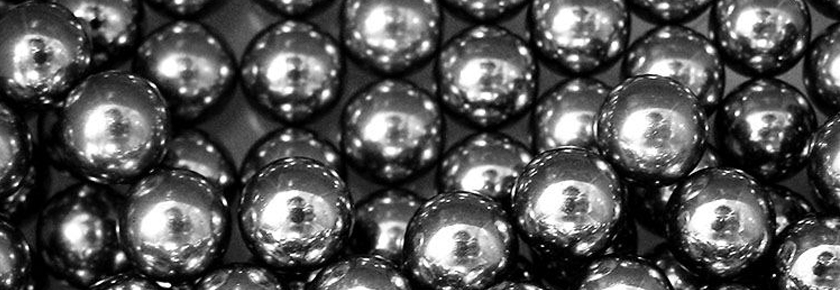Many composite applications rely on the use of thin structures. Carbon fiber reinforced plastics, used for automotive body panels, are a good example of this. Composite panels such as these are often only a few millimeters thick.
In these cases, without sufficient material to embed fasteners, a surface-bonded fastener can be a very effective solution . Bonded to the surface with adhesive, bonding fasteners can provide a secure attachment that does not pierce or damage the composite panel.
One common example involves the carbon fiber diffuser in an automobile, which makes use of the bigHead bonding fastener. These bigHead fasteners are surface bonded to the inside of the diffuser using structural adhesive. Completely invisible from one side, there are no rivets, drilled holes or visible shadows. This appearance is attained all while maintaining the structural integrity of the single composite panel. Due to the unique design of the bigHead fastener, the glue flows through the holes and adheres the fastener into position, accomplishing stability and strength.
BigHead fasteners come in a wide range of sizes and styles, allowing engineers to use them in multiple applications. Depending on the application, these fasteners can enhance the final design and function of the composite rather than compromise the design’s function.
When using alternative fasteners that require a hole to be drilled or pieced through the panel, this can weaken the application. When the panel is pierced, the carbon fiber reinforced panel will break, damaging the reinforcing carbon fibers that are actually there to provide structural integrity and reinforcement, this could lead to failure or degradation of the composite material. Composite failures can happen on any scale, big or small. Due to the complexity and variation of these composite materials, along with the need to have some type of hole, a bonding fastener can be a safe and reliable alternative.
Overall, there are many benefits of using fasteners designed for surface bonding in composites. The applications do not require piercing holes in the materials, the fasteners are fully discrete and the design allows for optimized tensile and torsional loading. As it continues to grow in popularity, surface bonding in composites will become an increasingly used and widely accepted fastener solution. Growing in popularity, surface bonding in composites is an increasingly used fastener solution.
Do you have a need for surface bonded solutions in your application? Learn more and contact Bossard at ProvenProductivity@bossard.com.

